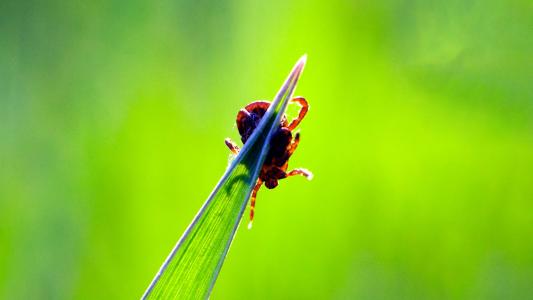The same tech underpinning DALL-E and other image-generating AIs could one day be used by researchers designing antibodies to treat cancer, infections, and more.
The challenge: Your body makes antibodies that stick to unwanted substances, such as viruses and bacteria, to help your immune system get rid of them.
Decades ago, researchers figured out that they can also make antibodies in the lab. The proteins can then be multiplied and used as medicines that help the body recognize and attack pathogens, cancer cells, toxic substances, and more.
“Ten years from now, this is how we’re going to be designing antibodies.”
Nathaniel Bennett
Existing methods for designing antibodies for therapies aren’t great, though.
Once researchers have a target for an antibody therapy, such as a certain type of cancer cell, they can inject that target into animals to see what sorts of antibodies their immune systems produce. They can then pick the most promising ones to refine for use in humans.
Alternatively, they can screen big databases of known antibodies for ones that seem like they’d bind to the target, test those, and then tweak the best options, but both processes are difficult, expensive, and time consuming.
The new way: Researchers at the University of Washington (UW) have now developed an AI for antibody design. They’ve shared details on the system, which is currently a proof-of-concept, on the preprint server bioRXiv.
“Ten years from now, this is how we’re going to be designing antibodies,” study co-author Nathaniel Bennett told Nature.
Diffusion: In 2023, the UW team unveiled RFdiffusion, a tool that uses diffusion models — a type of tech also used by image-generating AIs — to produce new protein designs. For their new study, they refined the tool by training it on images of antibodies bound to their targets.
They then used the AI to design antibodies expected to bind to proteins on different targets, including viruses, bacteria, and cancer cells. Finally, they actually created some of the antibodies in the lab to see how well they’d latch onto their targets.
“It feels like quite a landmark moment. It really shows this is possible.”
Joseph Watson
Looking ahead: The success rate wasn’t great — about 1% — and the antibodies that did bind to their targets didn’t form particularly strong bonds. Still, the researchers believe their approach could save time and money, and now that they know it can work, they can focus on improving it.
“This is proof-of-principle work,” study co-leader Joseph Watson told Nature. “It feels like quite a landmark moment. It really shows this is possible.”
We’d love to hear from you! If you have a comment about this article or if you have a tip for a future Freethink story, please email us at [email protected].






